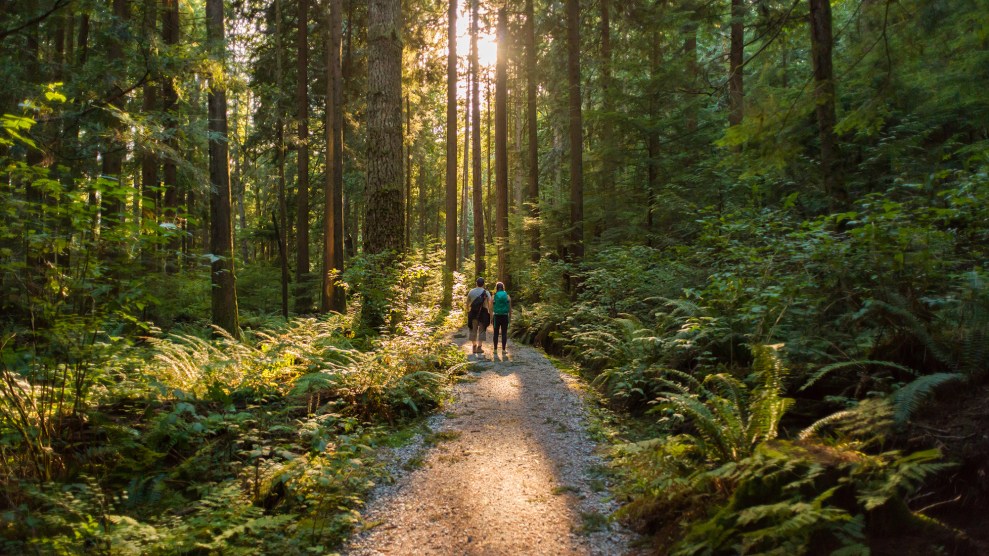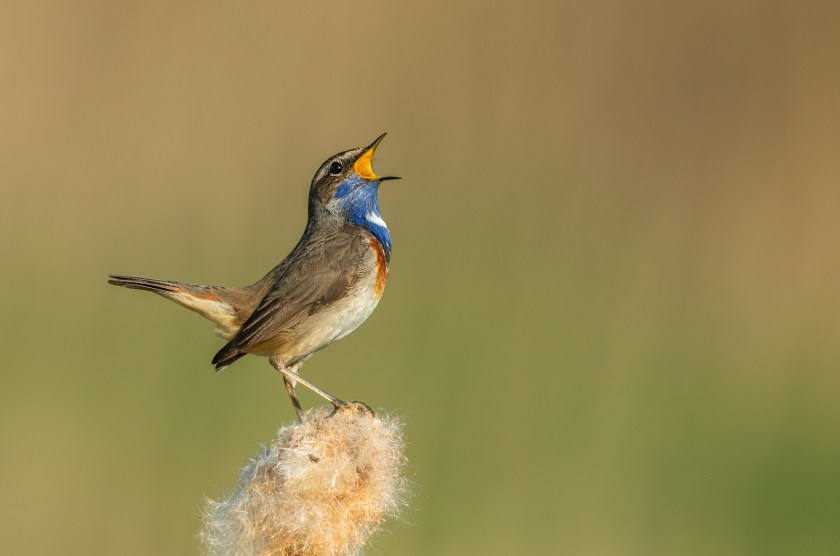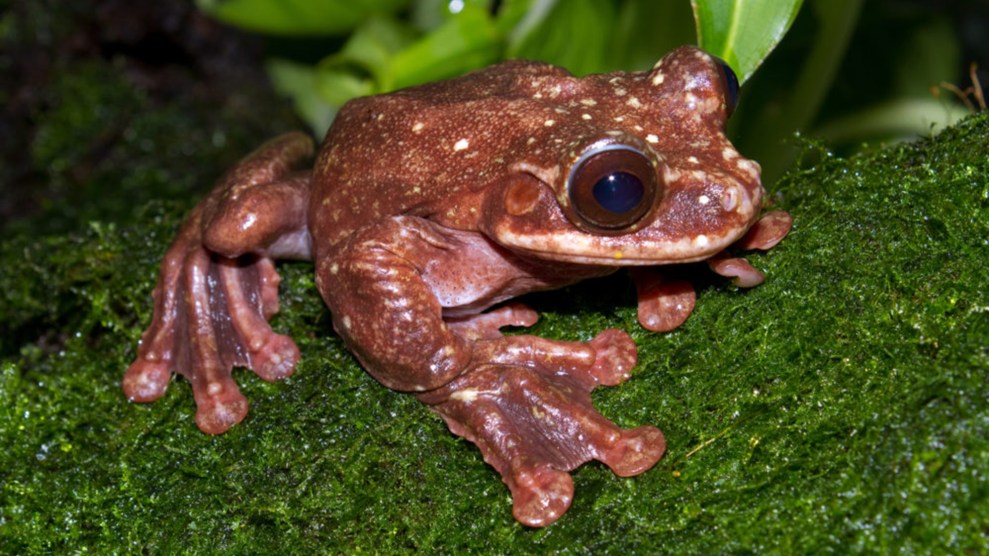
Getty
This story was originally published by the Guardian and is reproduced here as part of the Climate Desk collaboration.
In my mid-20s, I undertook the quintessentially Australian rite of passage of moving to London for a few years. Months into my first English winter, I started having dreams about the Australian wilderness.
The images were so vivid and specific that I jotted them down. I had a recurring dream about looking at the sea from a high vantage point, somewhere along the south-east Queensland coast that I had always taken for granted. There was “all manner of ocean life”, I noted: dolphins jumping in the shallows; two whales, a mother and calf, out in deeper water.
“Got really excited about seeing my first wild platypus,” I wrote about another dream, still never having spotted one in real life.
I had never considered myself a particularly outdoorsy person, but London’s occasional urban grimness had triggered a nostalgia for the natural environment of my childhood. When I returned home, it was with a newfound appreciation for the soft evening chirp of cicadas, the fine sand that sticks to everything and the mist of humpbacks on the horizon.
As the pandemic has highlighted, I am not alone in desiring more time in nature when access to it is limited. The restorative effects of spending time in green spaces, it turns out, may be essential for our health and wellbeing.
“Research shows that over time we’ve become more disconnected as humans from nature,” Prof Thomas Astell-Burt, a population health expert at the University of Wollongong, tells me. A 2017 study, for example, found that pop culture references to nature—in fiction, song lyrics and film storylines—have declined since the 1950s. “It might reflect that we as a society have become much more inward focused on our urban consumerist lifestyles,” Astell-Burt says.
As early as the 1990s, researchers found that going for a walk in a natural environment as opposed to an urban landscape brought about improvements in people’s ability to concentrate, feelings of wellbeing and even in blood pressure, he says.
Being in nature, studies tell us, has significant positive effects on our mental and physical health. Living close to green or blue spaces—rural or coastal environments—has been linked time and time again to reductions in the risk of developing cardiovascular disease and symptoms of anxiety and depression. Access to green space has also been linked to a reduced risk of loneliness and some have even suggested that interacting with microbes in the environment may be beneficial for our immune systems.
Overseas, the link between spending time in nature and wellbeing has led to the rise of nature-based prescription programs, sometimes described as “green prescriptions” or “blue prescriptions.” In 2020, the UK government announced £4m for a two-year green prescription pilot in four areas that had been hard hit by Covid. Since the beginning of 2022, doctors in several Canadian provinces have been able to prescribe time in nature to their patients, including a pass that gives access to the country’s national parks. In Japan, health practitioners have recommended shinrin-yoku—forest bathing, a practice that involves connecting with nature through the senses—since 1982.
In Australia, nature prescribing is not yet commonplace, despite a growing body of research pointing to both potential benefits and local interest. Studies of nearly 47,000 Australians have found that in urban areas, a threshold of at least 30 percent green space or tree canopy is associated with health benefits, including lower odds of diabetes and psychological distress.
“We really have enough local evidence to show that’s how much we need for Australia,” says Prof Xiaoqi Feng from the University of New South Wales school of population health. “In all our research papers we control for competing socioeconomic explanations like income and education and still find evidence that green space benefits mental and physical health.”
In 2021, an eight-week nature prescription trial run by Green Adelaide found that participants who completed the program reported improved general wellbeing and connectedness to nature. The trial, however, only included six participants.
A national survey Astell-Burt and Feng conducted during the pandemic found that 82 percent of Australian adults would be interested in receiving a nature prescription and that appetite was still high (76 percent) among those who were spending the least amount of time—less than two hours a week—in nature.
“There is no national or even state nature prescription program to which health professionals could refer these individuals or any sort of consistent guidelines that health professionals could follow in Australia,” Astell-Burt says.
“We need to run high-quality randomized trials which show definitively what types of nature prescriptions work where, when and for whom. We can’t assume there’ll be a one-size-fits-all solution.”
Though research into the positive effects of blue spaces—time near oceans, lakes or rivers—is still emerging, Astell-Burt suggests their benefits would be broadly comparable.
Dr Rowena Ivers, a general practitioner in Wollongong, has been recommending time in nature to some of her patients. “Most of it now is having a conversation with people. With people with chronic disease, we might write it into a chronic disease care plan.”
Some of the recommendations might be paired with exercise, such as bushwalking or participating in parkruns, or with civic engagement, such as working in a community garden or on bush regeneration projects. “There’s a whole range of ways that it can be done depending on what the person enjoys,” Ivers says. “[General practitioners] have a growing awareness of social prescribing…but we know that beyond that, activities that are in nature have extra benefits.”
Experts suggest that spending time in nature may not have the same barrier to uptake as exercise, which people might dread or avoid despite knowledge of its benefits. The upside of a nature prescription is not having to work up the motivation to, say, tackle a big run in the park, Feng says. “You could just relax there, listen to birdsong, be with your friends [or] even just have a small urban garden on your balcony.”
While “it’s not a silver bullet,” Feng suggests that nature prescriptions could be integrated into the health system as part of routine care. “[It] could have multiple benefits for people’s mental, social and physical health and probably cost little to the individual and the health system.”












